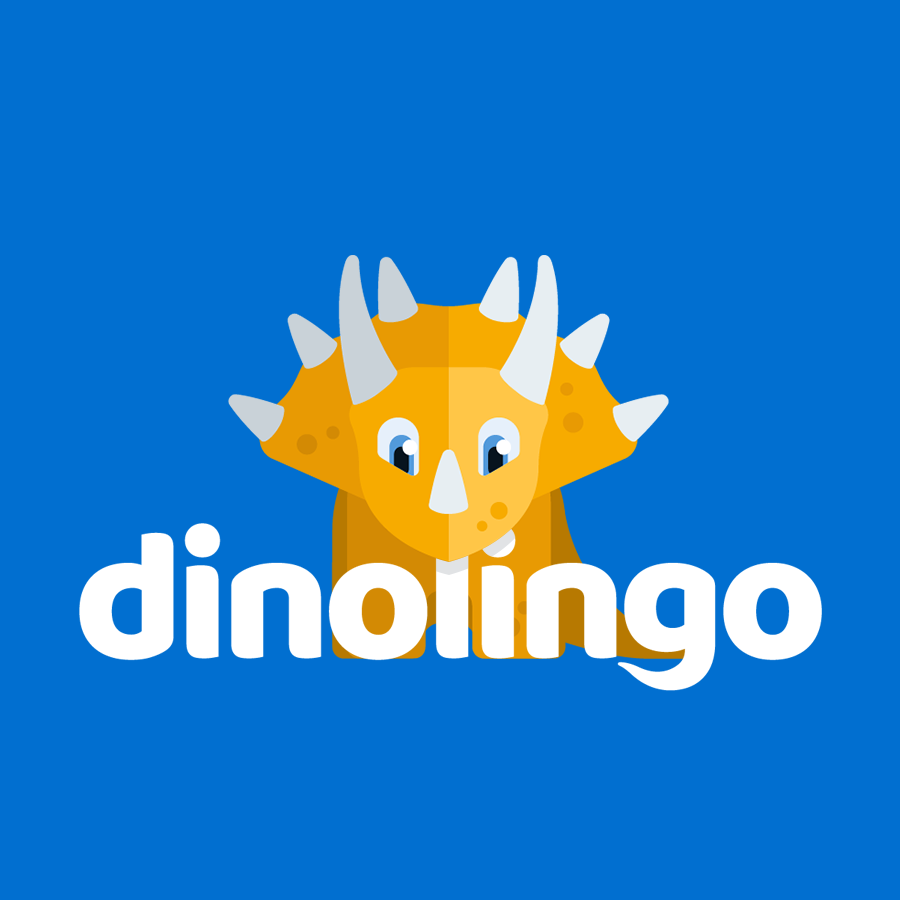A Quick Journey Through the History of Italy
A Land Full of Ancient Tribes
Long before Italy became the country we know today, many different groups lived on its lands. Around 500 B.C., Greek colonies were spread along the southern coast and the island of Sicily. In the north, the Gauls—relatives of the modern French—lived near the mountains. And in central Italy, a people called the Etruscans, originally from the area we now call western Turkey, built the first stone streets, arches, and sewers. They were brilliant builders and helped shape what would become Roman civilization.
The Birth of Rome
In 753 B.C., a city named Rome was born. A legend says it was founded by twin brothers, Romulus and Remus, who were raised by a wolf and were the sons of the war god Mars. After a fight between the brothers, Romulus became king and gave the city his name. Over time, Rome grew from a small town into a mighty kingdom.
From Republic to Empire
By 509 B.C., Rome became a republic—no more kings! Leaders were elected, and the people were divided into patricians (the rich) and plebeians (the commoners). Rome expanded rapidly, conquering land across what is now Europe. Julius Caesar, one of the most famous rulers, helped turn Rome into an empire, though he was eventually killed.
Later, his nephew Octavius became Emperor Augustus and started the Roman Empire. It was a time of peace and progress that lasted about 200 years. But when Emperor Marcus Aurelius died in 180 A.D., things began to fall apart.
Two Empires and the Dark Ages
By the end of the 300s, the Roman Empire was split into two parts: the Eastern Empire (Byzantine) with its capital in Constantinople, and the Western Empire with its capital still in Rome. In 410 A.D., Rome was invaded, and the Western Empire collapsed. For the next thousand years, Italy was divided into small city-states and life was hard. This time is often called the Dark Ages.
The Rise of Art, Trade, and Exploration
In the 1300s, Italy bloomed again. Cities like Florence, Venice, and Genoa became centers of art, science, and trade. Wealthy families supported artists and thinkers. Famous explorers like Marco Polo and Christopher Columbus brought new ideas from distant lands.
Italy Becomes a Nation
In the 1800s, with the help of Napoleon from France, Italy began to unite. By 1870, Rome joined the unified country, and Italy was finally one nation. In the 20th century, Mussolini became a powerful political figure and tried to make Italy an empire again, but World War II changed everything.
After the war, Italy became a republic. With support from the United States and other countries, Italy rebuilt its economy and became a peaceful and democratic member of the European Union.
Who Leads Italy Today?
Italy is now a republic, which means it elects its leaders. The president must be at least 50 years old, and there is no limit to how long a president can serve. As of 2006, Giorgio Napolitano became the 11th president of the Republic of Italy.
Want to Learn More About Italy While Learning the Language?
If your child is fascinated by stories of ancient empires, beautiful cities like Rome and Venice, and delicious food like pizza and gelato, they’ll love exploring Italy even more through the Italian language. One fun and effective way to do this is through Dinolingo.
Dinolingo offers engaging Italian lessons for children aged 2 to 14 through games, songs, videos, and printable activities. Whether your child is a beginner or already knows a few words, Dinolingo’s playful and interactive approach makes learning Italian feel like an adventure.
With a child-friendly dashboard, offline materials, and progress tracking for parents, Dinolingo helps families turn language learning into a joyful daily habit—no pressure, just play and progress!
Ready to travel through time and across cultures? Learning Italian with Dinolingo is a great first step
